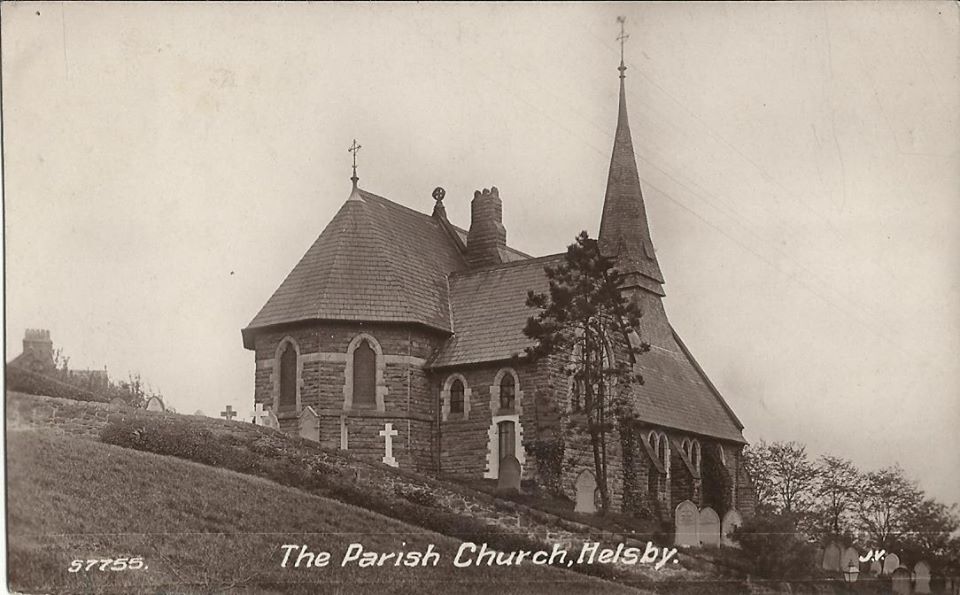
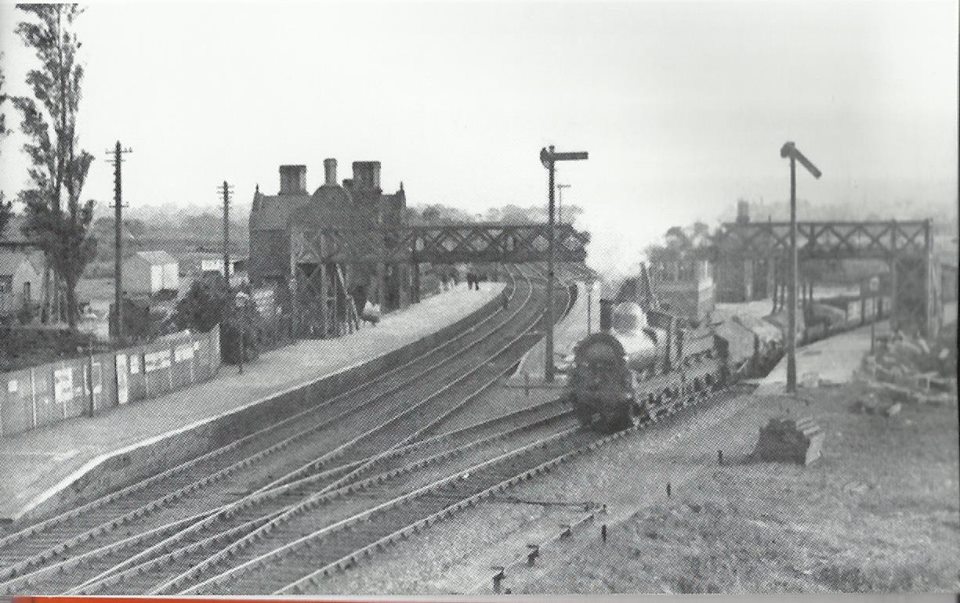
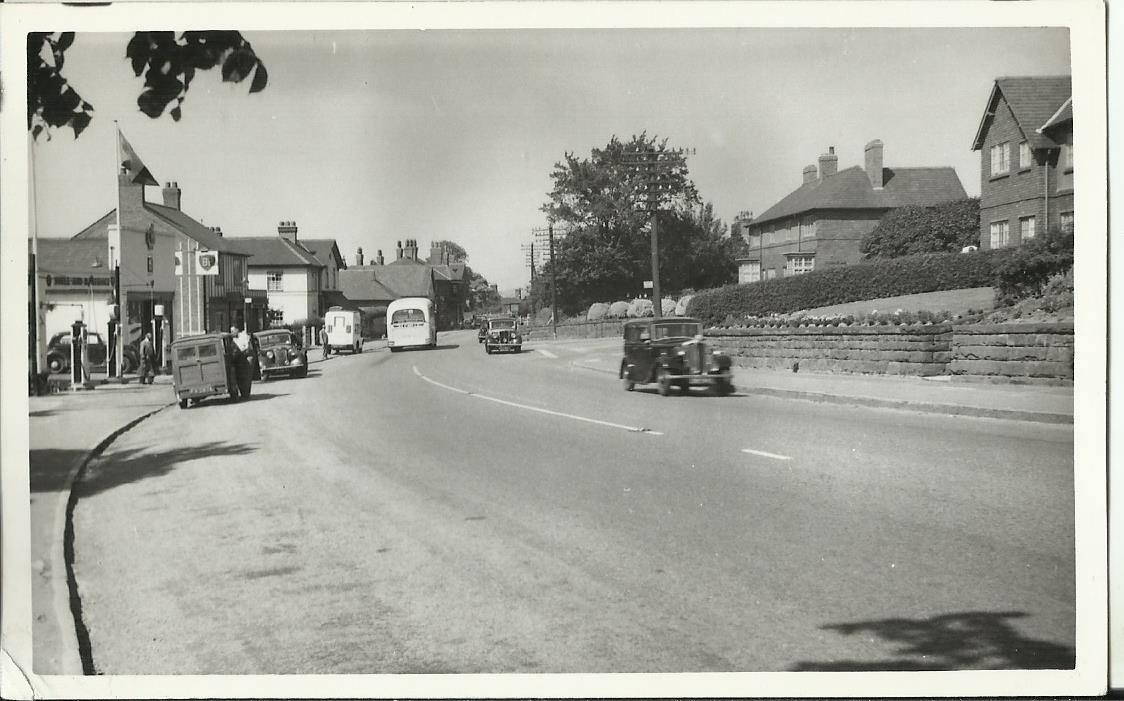
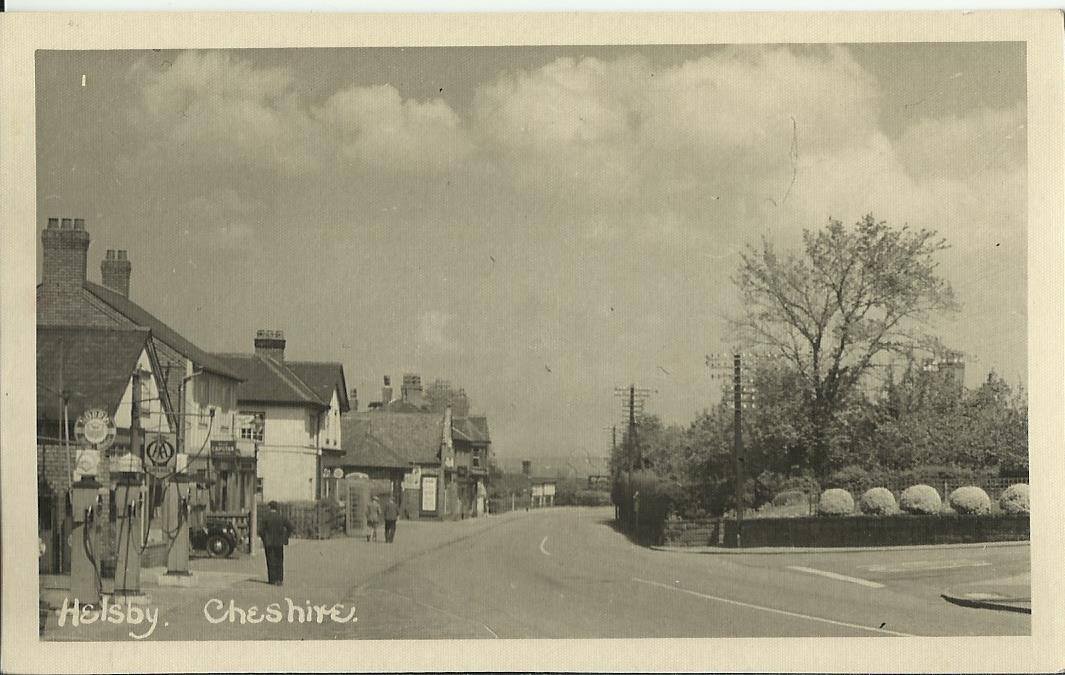
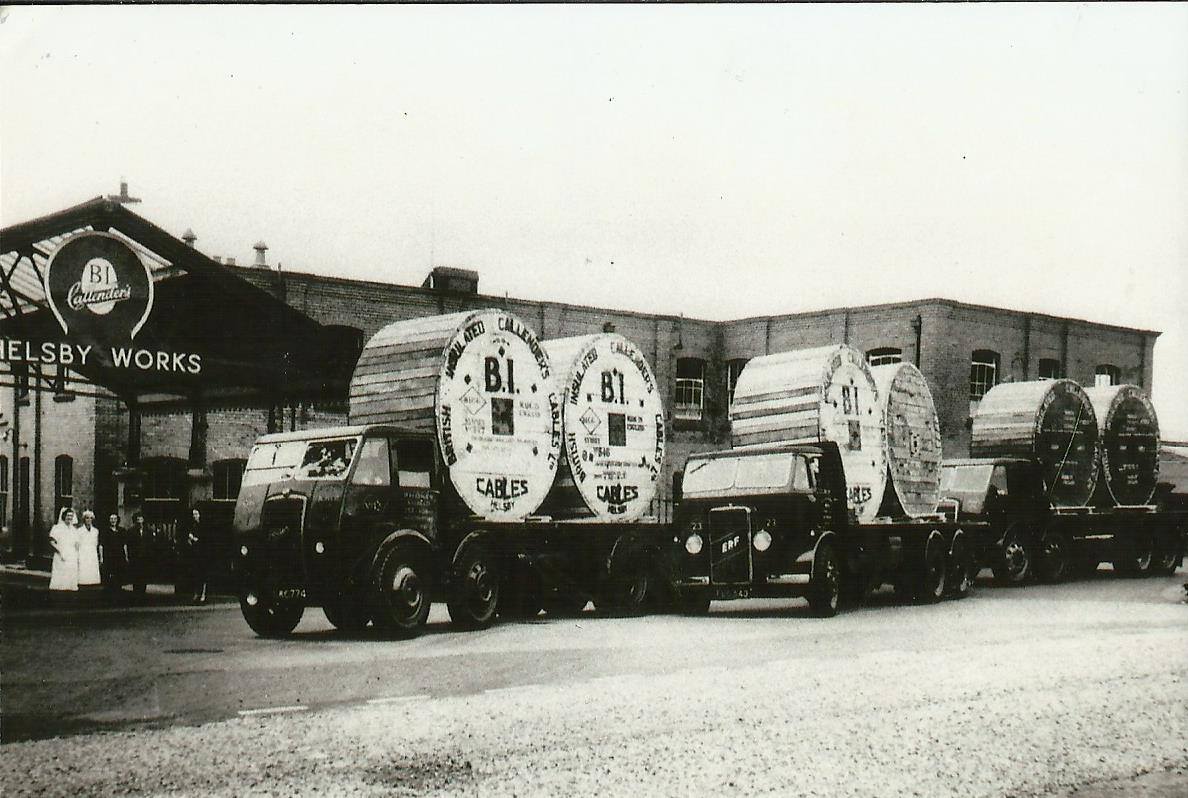
Helsby Village History
Helsby’s history goes back two thousand years when Iron Age tribesmen constructed a hill fort on top of Helsby Hill. The Roman road from the tidal limit of the Mersey at Wilderspool (Warrington) to Chester passed along the higher ground that is now Helsby.
Around 900 A.D. Norsemen settled in the area and established a frontier settlement at Helsby which they called “Hjallr-by” (the village on the edge). In the Doomsday Book (1086), the village was recorded by its Norman name, “Hellesbe”. During the 13th and 14th Century, the Manor of Helsby was held by the “de Hellesbe” family who established a water mill, indicating the extent of clearance of land for cultivation in the area. The 1354 Rent Roll shows 30 tenants occupying some 165 acres in Helsby.
By the 15th Century, ownership was divided between the Venebles, de Trafford and de Beeston families. The Trafford family were still landowners some 200 years later, but in 1612, the powerful Savage family, who already owned Frodsham, moved in and bought the Manor. Through marriage, the land passed to the Marquis of Cholmondeley who was still the principal landowner and Lord of the Manor at the time of the Tythe Apportionment of 1844.
The 1801 Census gave the village population as 692. A National School (later the Church of England Primary School) was erected in 1846. During the 19th Century no less than three Methodist Chapels were built – only one remains in use for religious purposes today. The Anglican Parish Church was erected in 1870.
In 1850, the Birkenhead, Lancashire and Cheshire Junction Railway Company constructed the railway line from Chester to Warrington. In 1863, the Hooton and Helsby branch line connected the village with the Birkenhead – Chester Line and “Helsby Junction” became a reality. Finally, the West Cheshire Railway reached Helsby from Mouldsworth in 1869 and was connected to the Hooton Branch Line. These convenient railway communications were undoubtedly an important factor in convincing the Telegraph Manufacturing Company to move from Neston in the mid 1880’s and build its Britainnia Telegraph Works on land to the north of the Chester Road adjoining the West Cheshire Line. From that date, the factory, most recently owned by BICC Electronic Cables, became a vital part of village life.
By 1901 the population had grown to 1572. It would seem that Helsby was dragged into the 20th Century against the wishes of many of its inhabitants. The Telegraph Manufacturing Company’s borehole ensured a plentiful supply of clean water, but at a public meeting held in the school to consider the installation of a water supply scheme for the village there was a majority against it. In the event, the company themselves set up a private company in 1895 known as the “Helsby Water Company”, laid mains, built a reservoir and those who wanted paid the Helsby Water Company for the connection and supply. Street lighting was also provided by the firm from their generating station and donations towards cost were solicited from prominent residents. Even in 1912, when the Mersey Power Company laid their line to Helsby, and householders were canvassed, only 12 householders were prepared to take a supply.
By 1951 the population was 2,739. As the population continued to rise, so did the scale of traffic on the main Chester Road, especially in the summer months when long traffic jams developed. In the early 1960s, a “Road Action Committee” was established which brought the problem to the notice of the Government and the Highway Authorities. Direct intervention by the Prime Minister, Sir Alec Douglas-Home in 1964 resulted in the Helsby/Frodsham bypass section of the M56 being included in the Government’s Trunk Road Programme. Work started in 1968 and ‘our part’ of the M56 opened on 31st January 1971. This one development has had a major impact on the current quality of life in Helsby by reducing the volume of traffic that passes through the village.
From the Second World War through to the 1960s, the BICC site in Helsby employed some 5,000 people from the local area. From 1970 onwards, there was a series of redundancy initiatives which reduced the number of employees to less than half that number. BICC stopped its operations in Helsby in 2000 and the site finally closed altogether during the summer of 2002. A plan to redevelop the site was presented in 2002 and in the spring of 2004, it was announced that there would be a new Tesco Supermarket built on the site in addition to housing and light industrial units. The Tesco store was opened at the end of 2005.
Since then, residential development of the former BICC site – now termed Mere’s Edge – has continued with many new houses and apartments having been built in this location – and many more being planned today. A new Community Sports Club opened in 2021, relocated from its original position on the old BICC site off the A56.
